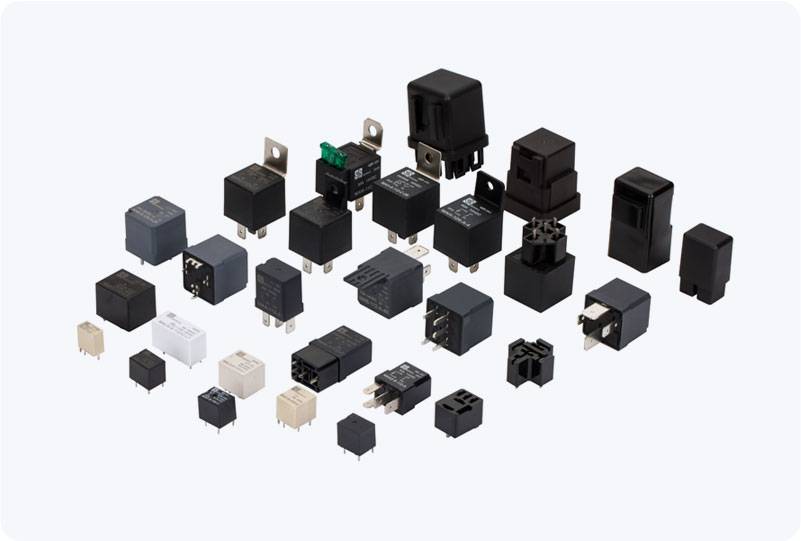In modern industrial automation, safety is a critical concern, as machines operate at high speeds and can pose serious hazards to operators and surrounding personnel. One of the most important components that ensures operational safety is the safety relay. A safety relay is a specialized device designed to monitor and control safety functions within an automated system, providing a reliable mechanism to prevent accidents and equipment damage.

Safety relays serve as a bridge between safety devices, such as emergency stop buttons, light curtains, and safety doors, and the control systems of machinery. When a safety device is activated—say, an emergency stop button is pressed—the safety relay detects this action and immediately interrupts power to hazardous machinery or equipment. This quick response minimizes the risk of injury and ensures that machines operate only under safe conditions. One of the key features of safety relays is redundancy. Industrial environments demand extremely high reliability, and even a small failure can have serious consequences. Most safety relays are designed with redundant channels, meaning they use multiple parallel circuits to process safety signals. If one channel fails, the other channel continues to function, maintaining system safety. This redundancy is often coupled with self-monitoring capabilities, allowing the relay to detect internal faults and alert operators or control systems before a dangerous situation arises.